“The value of the Arab woman lies not in her identity as an Arab, but in her talent,” Walid Aouni, prominent Lebanese choreographer and founder/director of the Egyptian Modern Dance Theatre Company, says, “I want to celebrate that talent and show the audience that the Arab woman can produce art equal to the one produced elsewhere.”
For his latest performance in the Pavillon Noir center in France on 28 and 29 March, Aouni was inspired by a powerful female figure that enchanted the world with her stunning and captivating designs: Zaha Hadid. She was the first ever woman to win the Pritzker Architecture Prize and the only woman to win the Royal Gold Medal from the Royal Institute of British Architects. Not only did she ‘liberate’ architectural geometry, but also liberated the chains that prevented women from entering such a male-dominated field.
“I met Zaha Hadid in the 80s in Belguim before she was recognized, and I was inspired by her genius and strong will to enter such a male world and completely transform architectural engineering. It took her 20 years before she was accepted and recognized for that,” Aouni tells Egyptian Streets.
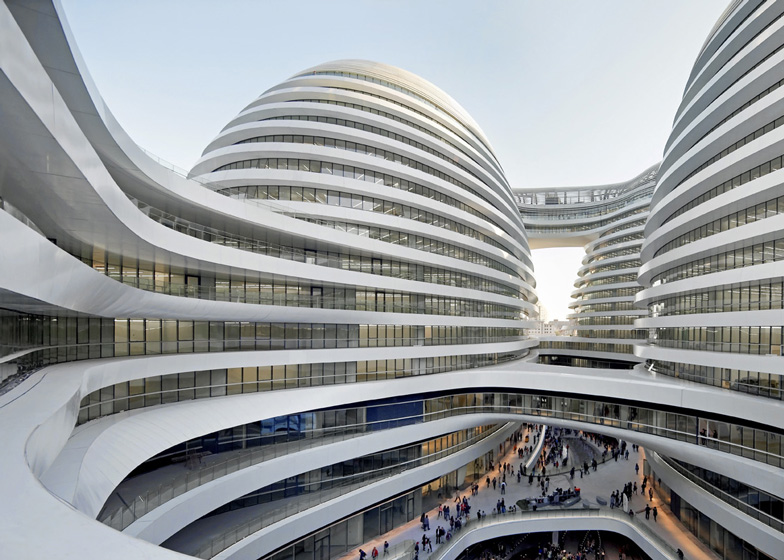
“She has always said that she was not challenged because she was an Arab or an Iraqi, but because she was a woman. In our region, since the time of Qasim Amin, we have always tried to liberate the Arab woman, and this is why women stories play a big role in my performances, including the story and character of Scheherazade.”
Titled ‘Hadid’s Tears’, the performance received a standing ovation by the French audience and was praised by the French press. The genius of Zaha Hadid’s architecture, which contains elements of spirituality and contemplation, was merged with Sufi dance, revealing a powerful masterwork that combines art and meditation.
“All of Hadid’s works contain some form of contemplation; they embody the planets and the universe, and this is why I merged it with Sufism, as when she says that her work has no beginning or end, it reflects the same idea of the Sufi dervishes that open their arms wide open and whirl around, implying that there is no beginning or end to their body, and their head is directed to the right as planet Earth is directed to the sun,” Aouni explains.
Symbols of the universe, stars, and planets were all clearly present in the performance, as the dancers were seen floating around Hadid’s different architectural forms and creating links between them, while a large spherical ball spins in the background. There are no barriers – no beginning or end – only free movement and spiritual transcendence.
In one of the scenes, one dancer is wrapped in bubble wrap and surrounded by architects with helmets. He is a man chained by the strict forms of architecture, but then frees himself as Hadid freed herself from all rigid forms and styles.
Born in Tripoli, Lebanon in 1951, Aouni began his career in the 1980s, where he studied Fine Art at the Royal Academy of Fine Arts in Brussels. His very first dance theatre group came later that year, which he called the “Tanit Dance Theatre.” During this period, he choreographed and directed 8 famous performances, and was acknowledged by the Ministry of Culture in Belgium as a modern dance choreographer.
In the early 1990s, he visited Egypt for the first time with world-famous choreographer Maurice Bejart, and was arranged by the Ministry of Culture to establish the Egyptian Modern Dance Theatre Company in 1993, which was the first of its kind in the Arab world.
Since then, he directed several shows for the dance company as well as performances for films and documentaries, including Youssef Chahine’s films, and won various awards, such as the Shield of Egyptian Armed Forces in 1995 and 2002 and the Knight Medal of Honour from the Lebanese government in 1992.
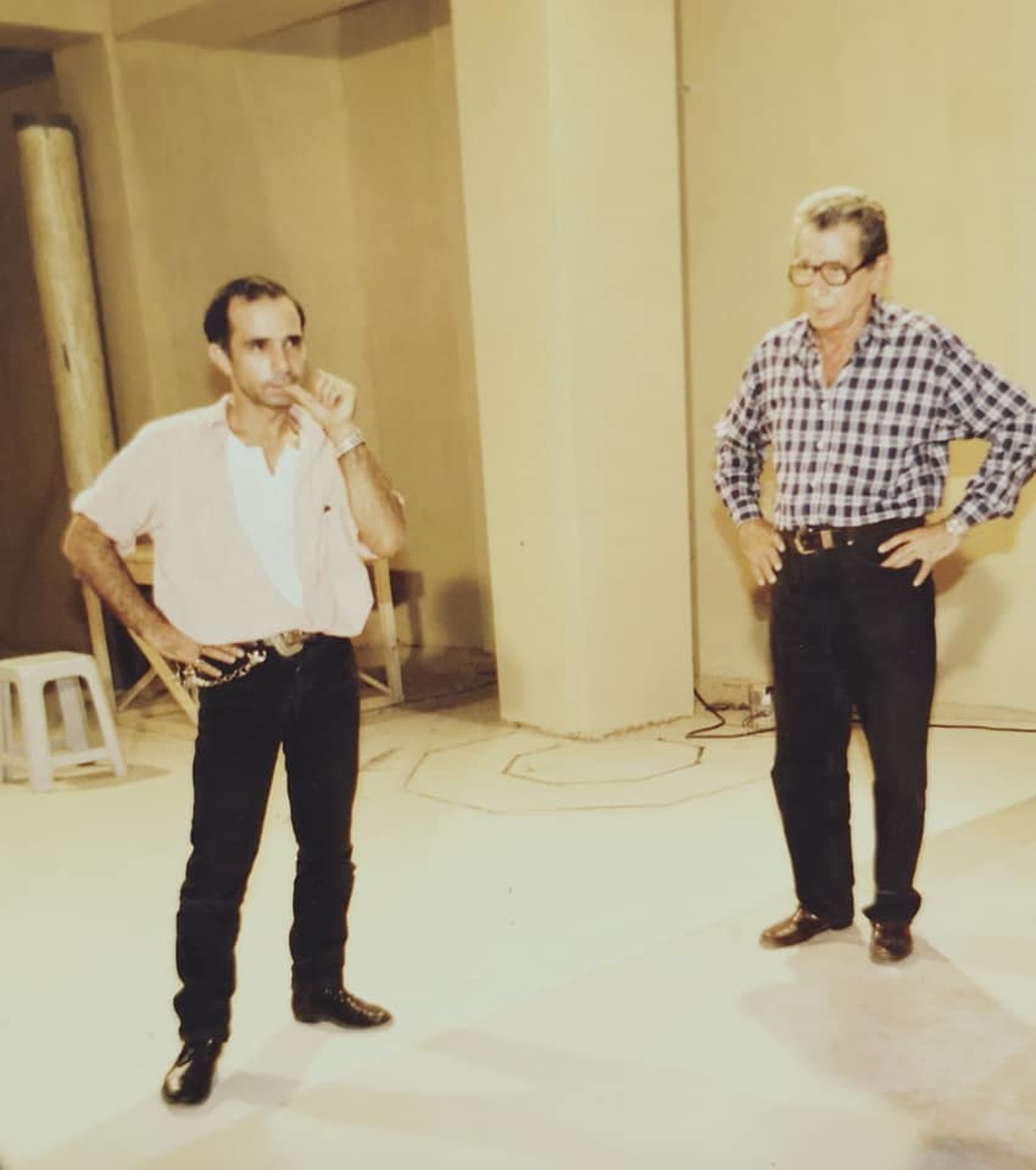
In 2010, Aouni choreographed the renowned performance ‘The Women of Qasim Amin’ at the Cairo Opera House, which traced the history of the emancipation of Arab women, praising the female body and allowing it to freely express itself.
As an artist and pioneer of modern dance in the Arab world, he represents a generation that did not give up on art and expression during the darkest times in the region. His dedication to his art is exactly like the whirling Sufi dervish, revolving from right to left to be spiritually reborn, and to embrace all humanity with love.


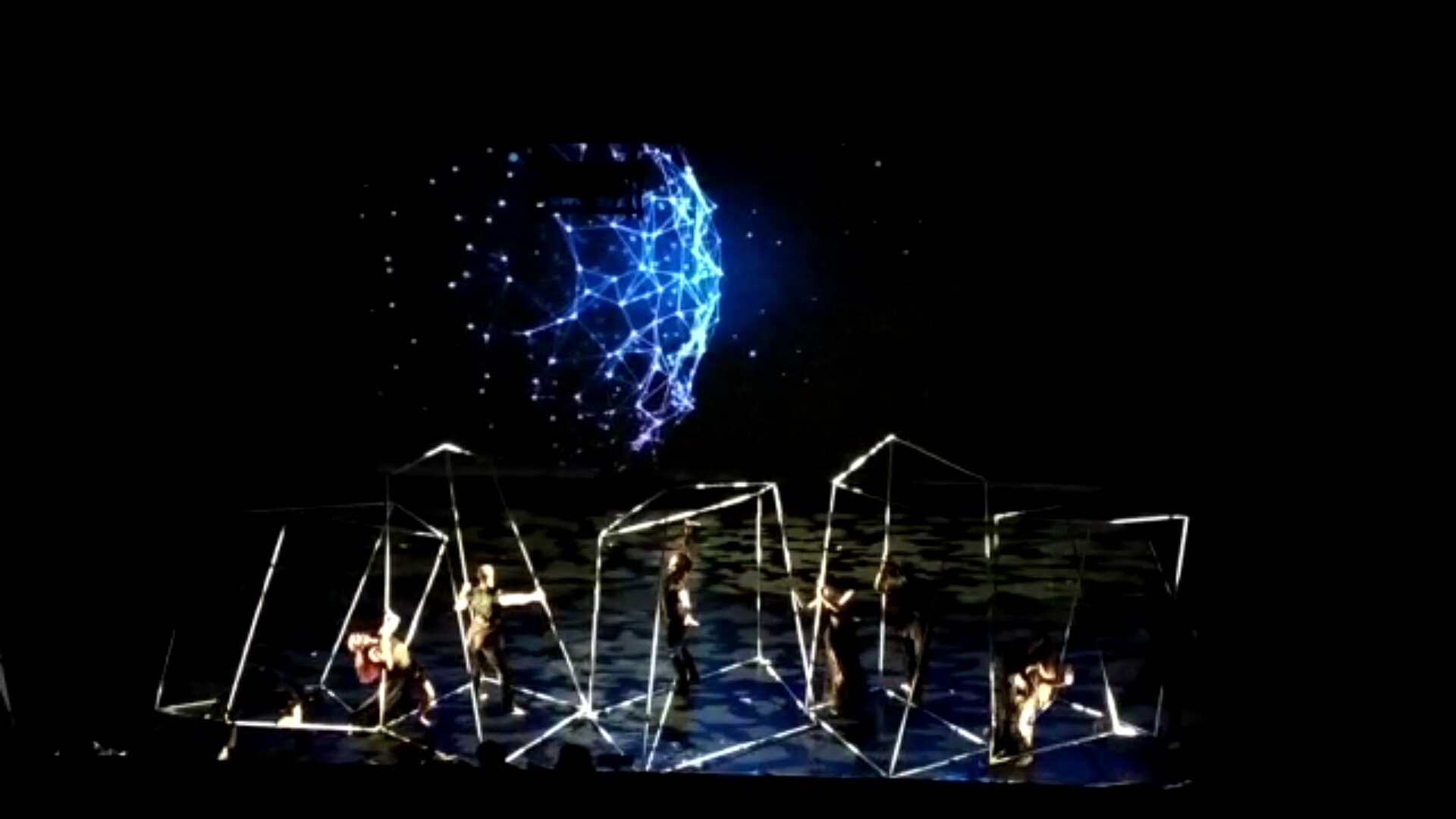
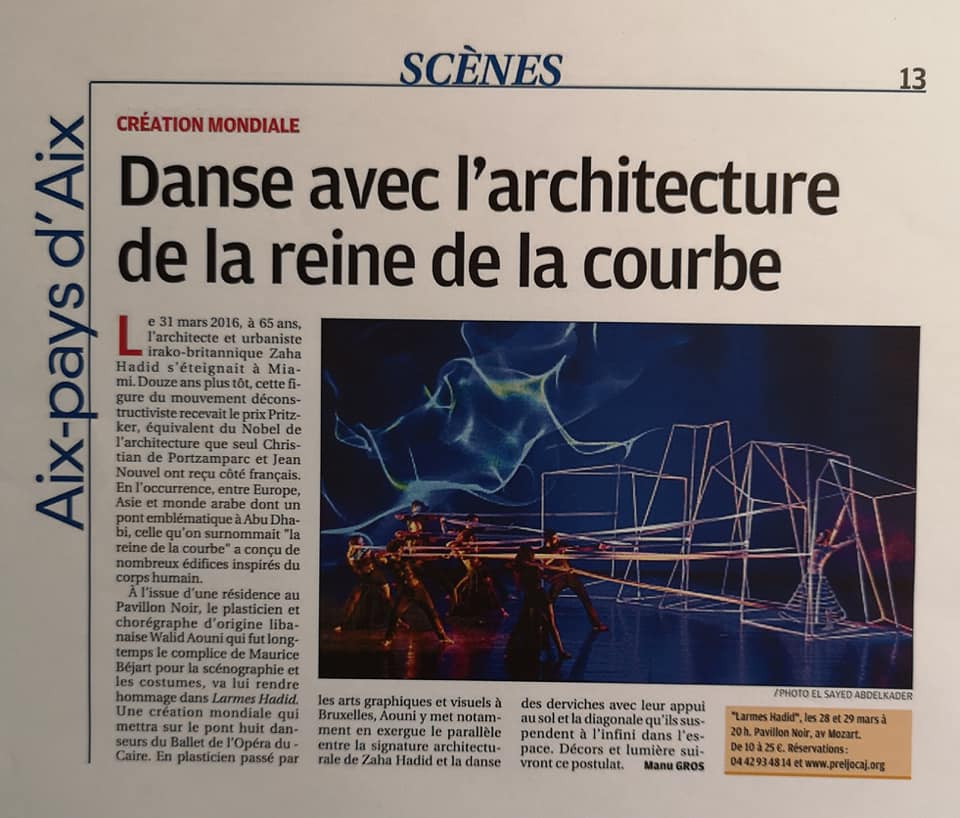




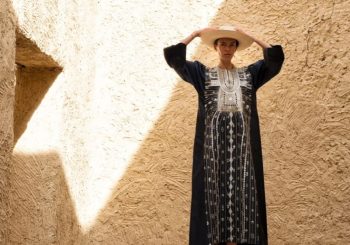
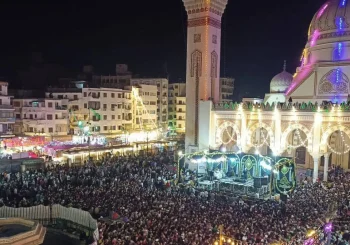
Comments (0)